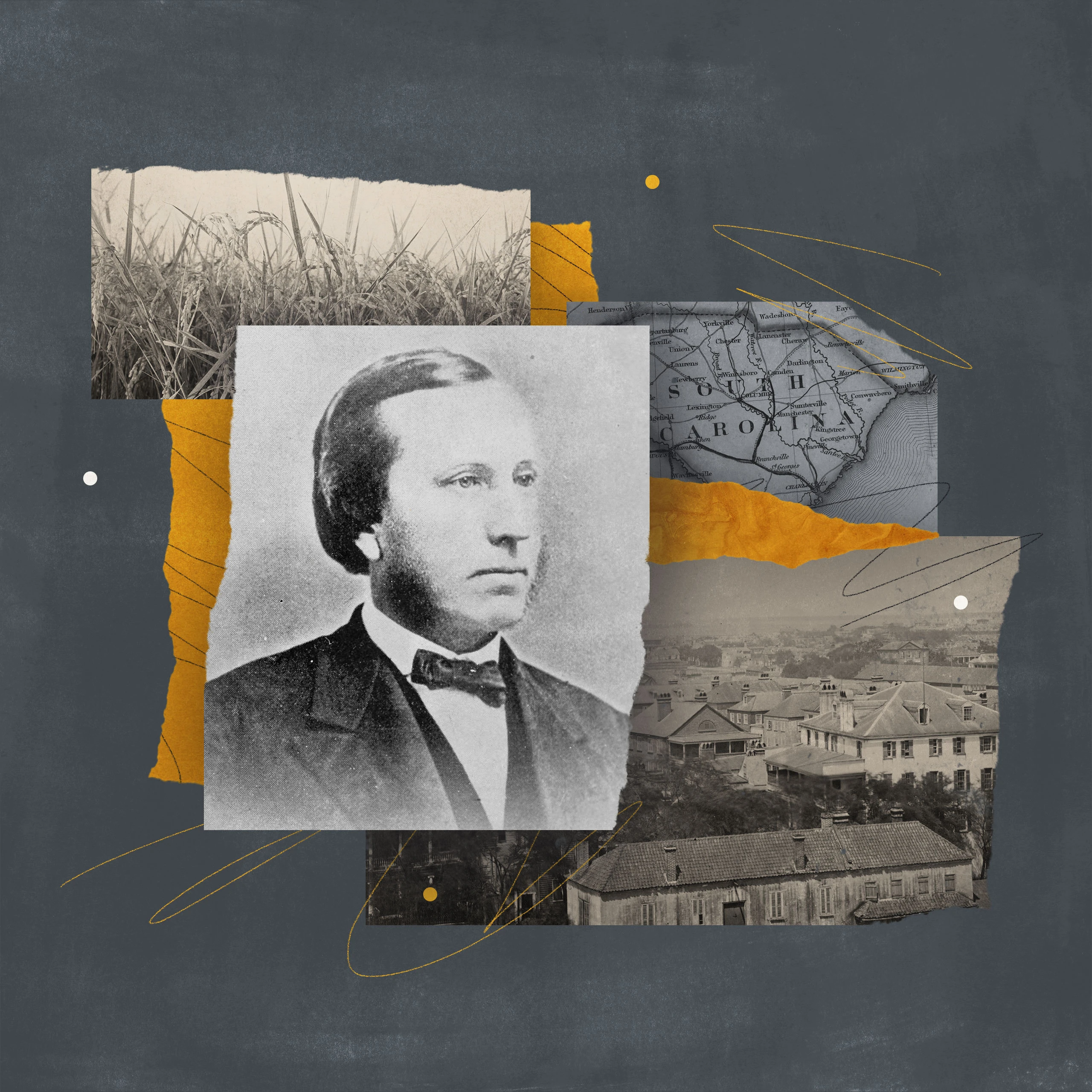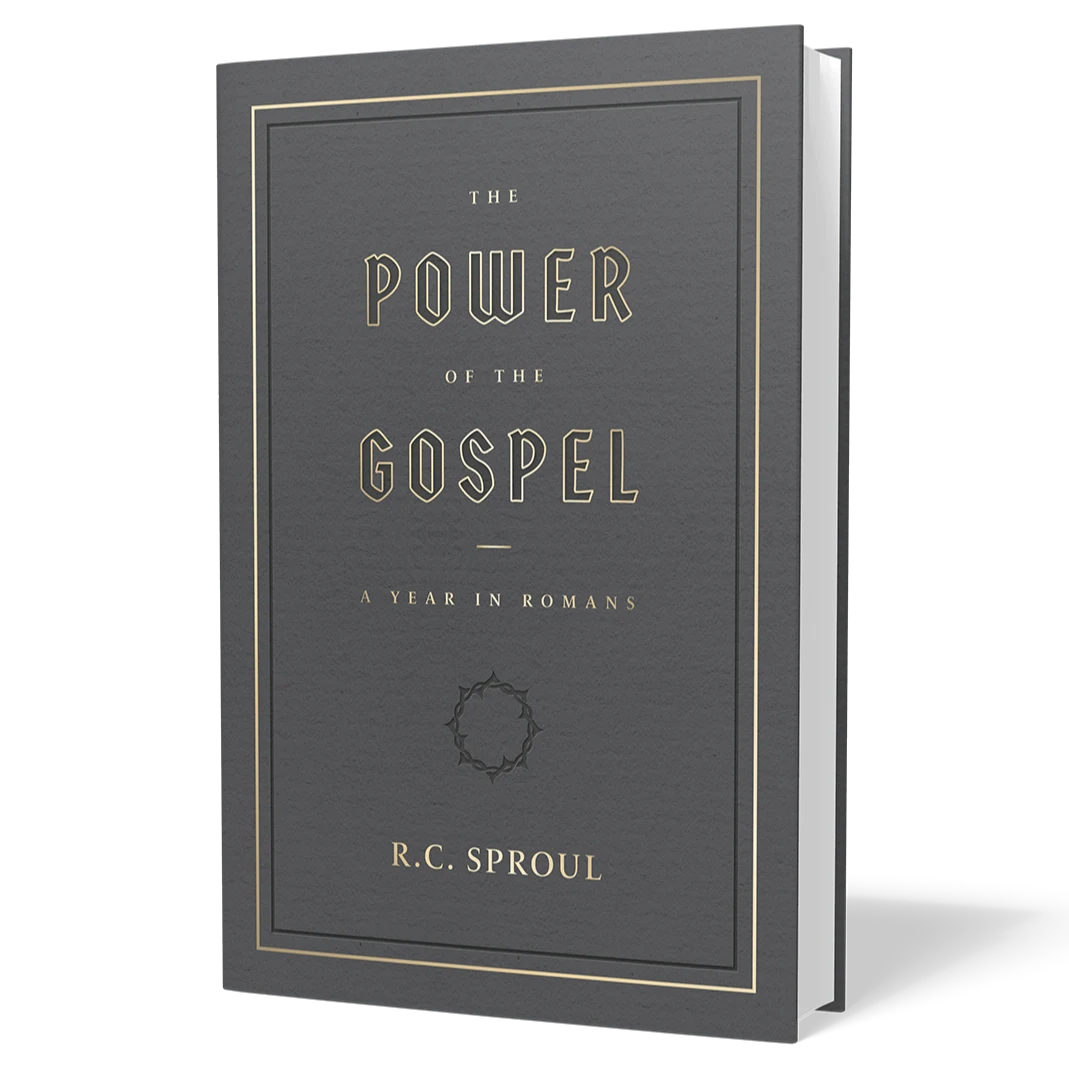Who Was John Lafayette Girardeau?

By the books bearing his name, one could easily be led to think John Girardeau was a philosophical theologian of ivory tower standing. That was true, but he was first and foremost, by heart, a missionary to the poor and needy of the South Carolina Lowcountry.
On November 14, 1825, John Lafayette Girardeau was born to Claudia Herne Girardeau and John Bohun Girardeau on James Island, South Carolina. He was of French Huguenot and Scottish Presbyterian stock. The local field school trained him in the three Rs (“reading, ‘riting, and ‘rithmetic”) and more. When he was eight, his mother died, and he was sent to live in Charleston to complete his secondary education at the German Friendly Society School on Archdale Street. By age eighteen, he held valedictorian honors and a diploma in classical languages from the College of Charleston.
After studying for the ministry in the theological seminary in Columbia, he returned to the Lowcountry to pursue a life as a Presbyterian minister. He served churches near McClellanville and at Adam’s Run before he was summoned to “the Holy City” of Charleston in 1854 to assume leadership of the nascent work among the enslaved men and women there. This work was initiated by Second Presbyterian Church in 1847. He inherited a Gothic structure seating some five hundred people on Anson Street, which had been built in 1850 expressly for the slaves of Charleston. By 1859, they had outgrown their facility and moved into a mammoth structure on Calhoun Street near the corner of Meeting Street. The building was the largest church building in town, seating 1,500. They named it Zion Presbyterian Church. In Charleston, Girardeau became known as “the grandest preacher in all our Southland” and was called by one renowned minister, “the Spurgeon of America.”
Facing monumental opposition from racists, Girardeau and the white elders of Zion provided an extensive religious education program for the slaves. So successful were the elders in orally instructing the congregation in the catechism, hymns, and psalms of the church that some citizens thought they were violating the civil law which forbade teaching slaves to read and write. Girardeau also held wedding services, “til death do us part,” in the prominent church structure on Calhoun Street. Residents objected to this, concerned about the “freedom” the black membership had to stroll the streets in fine clothing.
By the time the Civil War erupted, the black membership of Zion numbered more than five hundred with an additional white membership of some two hundred. Girardeau preached regularly to a congregation of 1,500 black people and white people three times each Sunday. He preached with the goal of raising the entire congregation to higher levels of knowledge and Christian devotion. As a result of Girardeau’s extraordinary preaching and the extensive education efforts in the congregation, Zion Presbyterian Church developed numerous leaders for the future.
He preached with the goal of raising the entire congregation to higher levels of knowledge and Christian devotion.
After serving as a chaplain during the dreadful war and a brief imprisonment on Johnson Island, Ohio, Girardeau returned to his patria of South Carolina. Upon his return to the state, leaders of Zion invited Girardeau by letter (and a moving letter it is) to return to Charleston to continue as their pastor. For the next ten years, he labored arduously for their spiritual, social, and moral welfare. He was the first Presbyterian minister in the South to ordain black men to public office in the church, and he alone stood against segregation in the General Assembly of the Southern Presbyterian Church in 1874. Segregation being in place, his direct ministry to slaves ended. With this chapter of ministry closed, he was elected as professor of systematic theology at old Columbia (SC) Seminary.
He authored numerous books and theological journal articles. Girardeau defended the church against the inroads of atheistic evolutionary theories and became one of the leading theologians of the Presbyterian Church in the United States. He provided the church one of the most articulate statements on the doctrine of adoption, a treatise which had its roots in sermons preached to his antebellum congregation. Zion’s enslaved membership there were instructed in and encouraged by their filial and irrevocable place in the household of God.
Next to his exemplary ministry to enslaved men and women, perhaps his most enduring legacy was his literary contribution to the office of deacon. Writing almost two hundred pages for The Southern Presbyterian Review, he established the office as one of spiritual necessity in the church and crafted the wording for American Presbyterianism’s ecclesiology on the office of spiritual service to the needy.
His fifty-year marriage to Sarah Penelope Hamlin, “Sal” as he called her, endured many hardships but yielded the church ten covenant children. Their three daughters married students of his—men who were faithful ministers into the early decades of the twentieth century. Girardeau died on June 23, 1898, and his body awaits the resurrection in Columbia, South Carolina’s Elmwood Cemetery.
This article is part of the Missionary Biographies collection.


